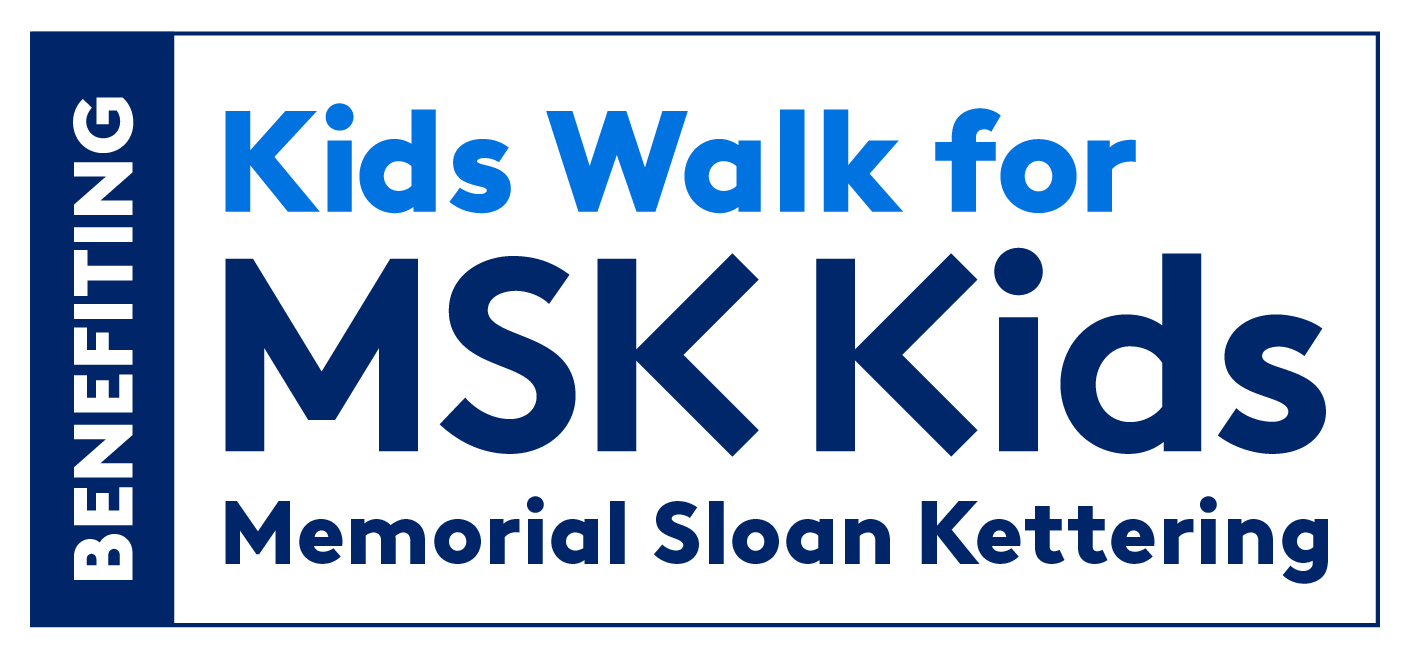Pediatric Cancer is Underfunded
Handstand Walk for Kids participants and donors of all ages are making a difference by raising money for life-changing pediatric cancer research.
Every dollar raised gives the doctors and researchers at MSK Kids the resources they need to discover new and better treatment options for young people around the world
Facts about Pediatric Cancers:
Only 4-5% of the National Cancer Institute’s budget is dedicated to researching pediatric cancers, making it extremely underfunded.
All pediatric cancers are classified as a rare form of cancer. That’s why there’s no one-size-fits-all approach to pediatric cancer treatment.
Cancer is the leading cause of death by disease in children under 19 in the US.
Pharmaceutical companies spend minimal dollars researching drugs for children because they lack the ability to reap large profits.
It can be a decade or longer before a drug approved for adults is approved to be used in children
43 kids in the US are diagnosed with Cancer every day
We fund Research at MSK Kids
Treats more children, teens, and young adults with cancer than any other hospital in the United States.
Has the largest pediatric oncology program in the United States.
Is home to the Pediatric Translational Medicine Program, giving researchers tools to help them identify the genes causing each child’s cancer. Once they know the cause, they have a better chance at developing targeted therapies that can improve outcomes and have fewer side effects.
Sends 90% of pediatric patients receiving chemotherapy and other treatments home at the end of the day, so they can spend more time with their families.
Employs full-time teachers to keep pediatric patients on track in school.
Offers a wide range of activities, including cooking and drama workshops, so that kids of all ages can continue being kids.
Helps families manage treatment through integrative medicine and complementary services, such as mindfulness techniques, yoga, and music, movement, and massage therapies.
Continues to support patients and their families after treatment through the Long-Term Follow-Up Program, in which doctors work closely with patients and their primary care physicians to help them maintain full, healthy lives.


